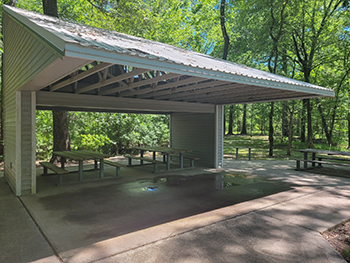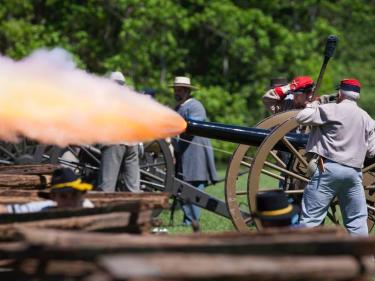
Port Hudson State Historic Site
236 Hwy. 61
Jackson, LA 70748
United States
Site open daily
- open from 9 a.m. to 5 p.m.
- closed Thanksgiving, Christmas & New Year's Day
- General Admission
- $6 per Person (ages 7 to 61)
- $4 Seniors (62 & older)
- Free for children (6 & under)
When New Orleans fell to Federal troops in late April 1862, Confederate control of the Mississippi was in jeopardy. The Confederate army had already fortified the river bluffs at Vicksburg, Mississippi, but it needed another series of river batteries below the mouth of the Red River. The Red River was the primary route for the shipment of supplies from Texas to the heartland of the Confederacy.
The bluffs near the small town of Port Hudson represented a perfect site for the river batteries. These bluffs were the first high ground upstream from Baton Rouge and overlooked a severe bend in the river. This bend presented an additional obstacle for Union warships.
The siege of Port Hudson began on May 23, 1863. Roughly 30,000 Union troops, under the command of Major General Nathaniel P. Banks, were pitted against 6,800 Confederates, under the command of Major General Franklin Gardner. The ensuing battles constituted some of the bloodiest and most severe fighting in the entire Civil War.
As the siege continued, the Confederates nearly exhausted their ammunition and were reduced to eating mules, horses and rats. When word reached Gardner that Vicksburg had surrendered, he realized that his situation was hopeless and nothing could be gained by continuing the defense of Port Hudson. Surrender terms were negotiated, and on July 9, 1863, after 48 days and thousands of casualties, the Union army entered Port Hudson. The siege became the longest in American military history.
Prior to one of the most intense attacks by the Union soldiers, on May 27, a bold experiment was decided upon. Two African-American regiments were chosen to participate in the fight. The First and Third Louisiana Native Guards proved their worth by pressing an attack against a well-fortified Confederate position. After the siege, the garrison at Port Hudson became a recruiting center for African-American troops.
In 1974, the Port Hudson battlefield was designated a National Historic Landmark by the U.S. Department of the Interior. It joined a select group of properties which have been recognized for their importance in American History. Port Hudson State Historic Site hosts several living history events, including the Battle of Port Hudson re-enactment held annually during the last full weekend of March. Visitors can watch authentically costumed interpreters demonstrate Civil War weapons and equipment.
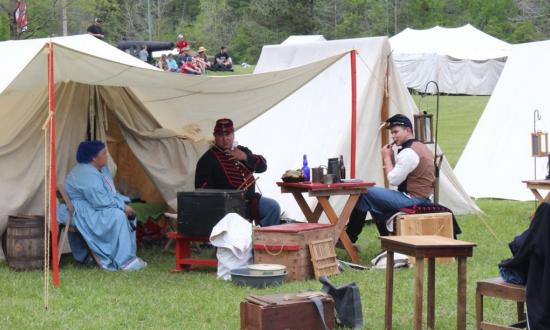
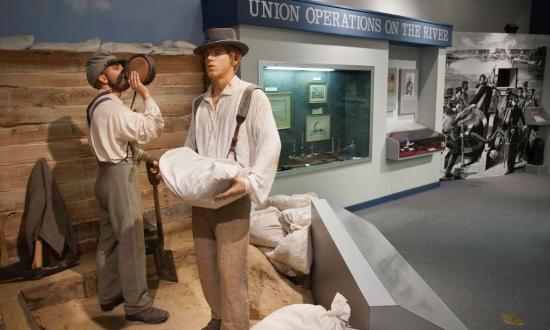

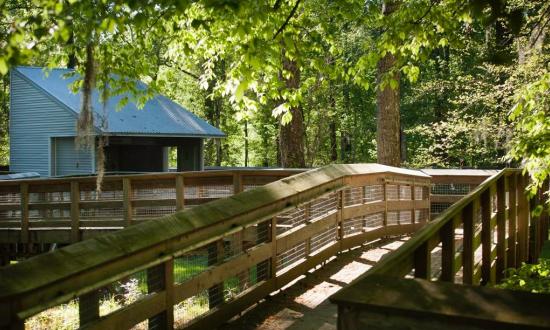
Features
Rental is free. All-terrain chair must be reserved at least 48 hours in advance. Available for rent between the hours of 9:30 a.m. and 2 p.m.
